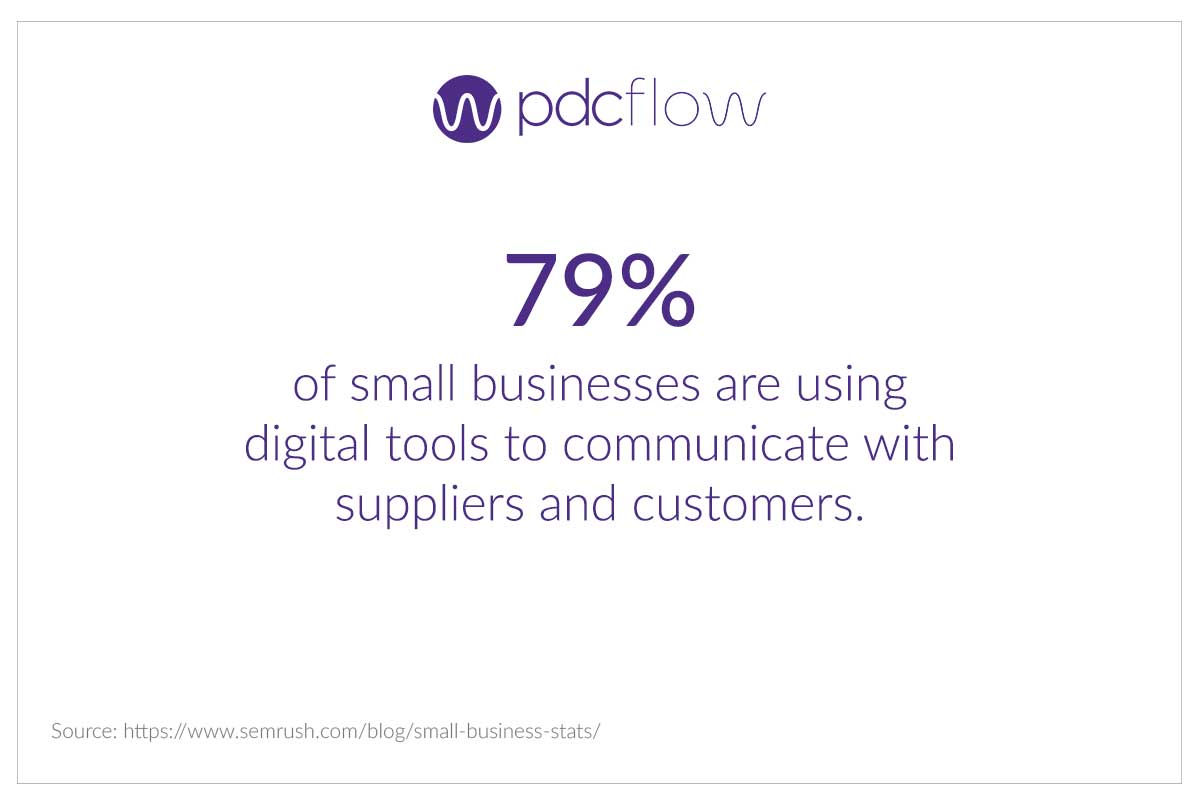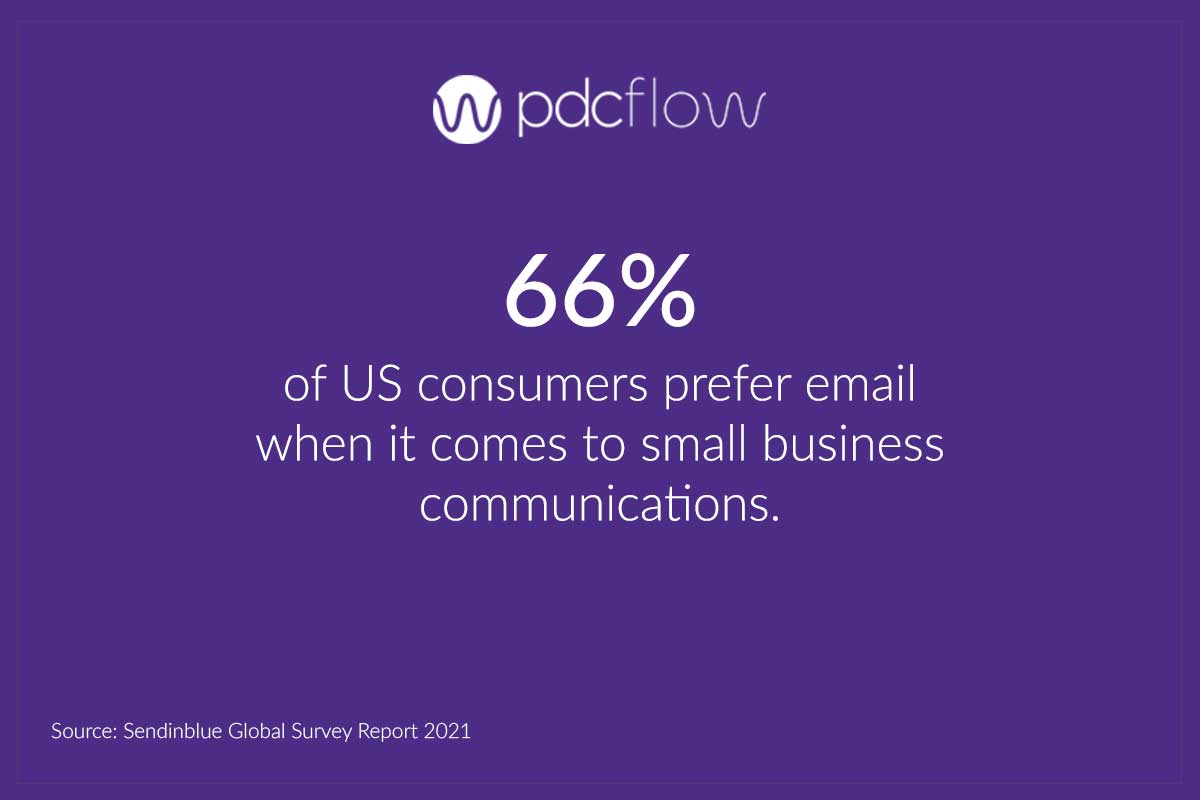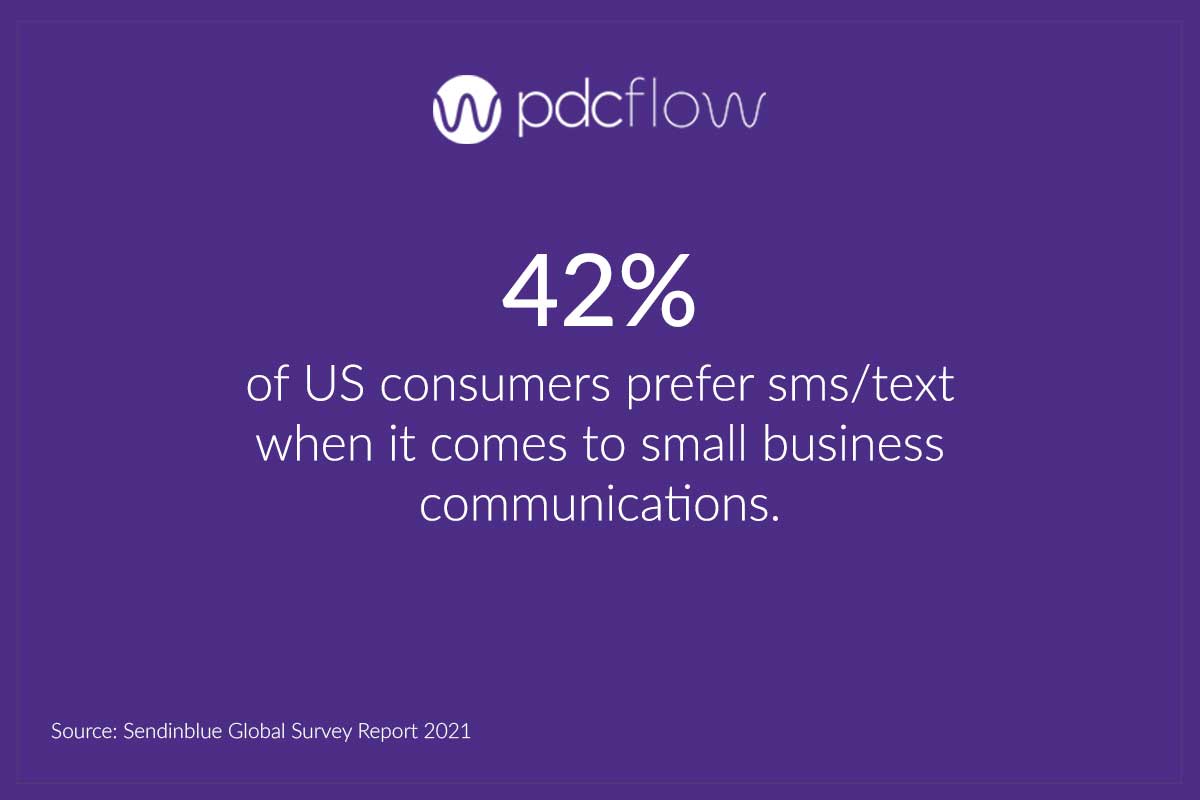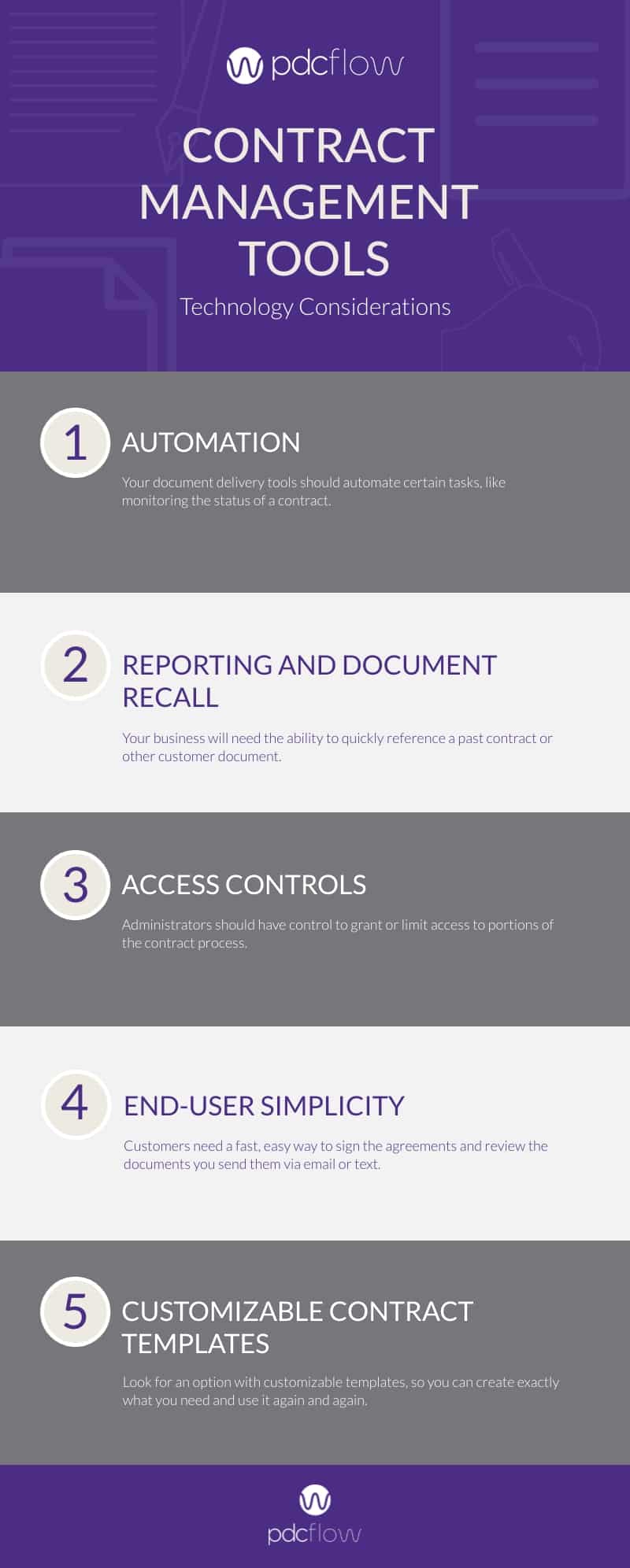What is contract management? Simply put, contract management is the process of managing the negotiation, creation, sending or receiving of contracts between parties. However, that process will look drastically different for a large corporation with the luxury of a contract manager and staff versus a small business with just a few employees.
What does contract management look like within your own company? Most small to midsize organizations don’t need (or can’t afford) to hire a dedicated contract manager or staff. Instead, many function by adding these tasks into other staff workflows.
With this reality in mind, it is more important than ever to streamline processes so your company is aligned.

What is Contract Management for Small Teams?
A team must work together to keep processes running smoothly. It’s important to have a centralized system for keeping track of which documents have been sent, opened, returned or which have failed.
This level of communication can be hard to coordinate. Especially for small teams with a wide range of job responsibilities. What elements should your contract management system take into account?
Contract Management Strategy
Work on Logistics
Before rearranging tasks or announcing changes, settle all the financial and operational logistics you can. Consider:
- What is currently working that should stay the same?
- What parts of the workflow need to be changed?
- Who needs access to send contracts? Should certain departments be restricted from accessing customer information for security purposes?
- Do additional team members need to be notified of actions taken on a contract?
- Do you have a budget to facilitate changes?
- Will policy and procedure documents need to be created or edited?

Consider Consumer Preference
Don’t overlook the importance of consumer preference. When you send customers contracts or other documents to sign, the process should cater to how customers wish to interact.
Increasing numbers of people prefer to receive communications by text message or email. Stop relying on traditional mail or outdated technology like fax to receive signed paperwork. Your customers will likely view these requirements as a major hurdle.
Digital signature solutions like FLOW Technology are a much faster process and can reach customers the ways they prefer.

Contract Management Tools
Automation
Automation is becoming more prominent as a software function. After all, the less work you need to do manually, the better. Your document delivery tools should automate certain tasks, like monitoring the status of a contract.
Instead of calling consumers to follow up about an unsigned agreement, the right tools can send staff notifications during each stage of the signature process. You can see when a message was opened or when a workflow was initiated or completed. Such types of automation save staff time and effort.
Reporting and Document Recall
Access Controls
Team members need access to workflows and reports necessary to do their jobs. However, not every employee should be able to see everything within your systems. Administrators should have control to grant or limit access to portions of the contract process.
Organizational Hierarchy admin controls can help you manage staff access based on their group, location, or department designation. This eliminates the possibility of user error and improper use of customer data, keeping customers and your business secure.
End-User Simplicity
Customizable Contract Templates
Creating a new template for every contract you send wastes time (and can get old fast). Look for an option with customizable templates, so you can create exactly what you need and use it again and again.
PDCflow offers free, unlimited, customizable templates for sending contract documents, payment or signature requests and more.

Contract Management Training
- Identify Ownership Points - During training, clearly state the teams or people responsible along the contract management chain. Create a document employees can reference later to understand and fulfill expectations.
- Automated Contract Workflow Expectations - Staff need to be able to identify when there are problems with a contract or customer. Tell them how and why to use any contract automation solutions you may decide to implement.
- Prepare for the Impacts of Implementation - When buying, keep in mind what impact implementation is going to have on your staff. Be prepared to set aside time for these mandatory trainings and plan time for yourself or management to become familiar with any administrative settings necessary.
Be Open to Change
Don’t be afraid to admit that part of the process isn’t working. Ask for input from the people familiar with the process, gather opinions from customers, and create goals or metrics by which you can measure success.
It’s difficult to make big changes in an office. Remember that an essential part of any change is monitoring outcomes and tweaking things when necessary.
For more accounts receivable content and news to help you win business, increase efficiency, and take more payments, subscribe to the PDCflow blog.






